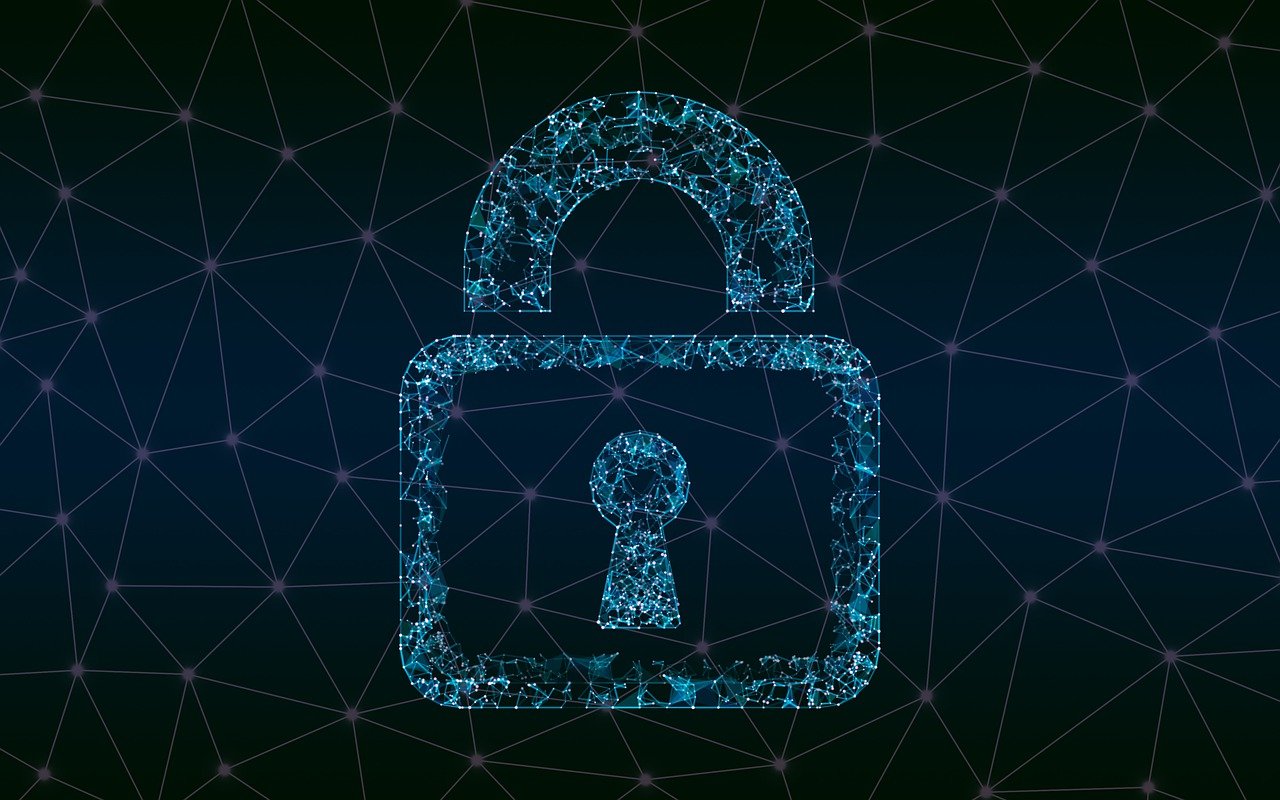CUI Data – Understand, Identify and Protect

For small and medium-sized businesses (SMBs) navigating the intricacies of Cybersecurity Maturity Model Certification (CMMC), understanding Controlled Unclassified Information (CUI) data and categories is an essential first step.
Here’s a guide to help you determine CUI data and categories:
Understanding CUI
CUI refers to information the U.S. government creates or possesses, or that an entity creates or possesses on behalf of the government, that a law, regulation, or government-wide policy requires safeguarding or disseminating controls, excluding information that is classified under Executive Order 13526 or the Atomic Energy Act, as amended.
Identifying CUI
Identifying CUI within your organization involves mapping out where sensitive data flows and resides. It is important to not only determine where CUI is currently stored but also where it might potentially reside. Recognize if the data is generated or used to fulfill contractual obligations to the government and whether it is identifiable within the sub-categories listed in the National Archives CUI registry.
Source: https://www.archives.gov/cui/registry/category-list/
CUI Categories
There are multiple categories of CUI defined by the National Archives, including but not limited to ‘General Procurement and Acquisition’ and ‘Small Business Research and Technology’. By visiting the National Archives CUI Registry, you can view the complete list and associated details for each category, which will aid in correct identification within your operation.
Source: https://www.archives.gov/cui/registry/category-list/
Enlisting Assistance
Due to the complexities involved in compliance, you may choose to leverage compliant Managed Service Providers (MSPs) or Managed Security Service Providers (MSSPs). These providers can assist in navigating challenges and implementing appropriate data management and classification strategies. They should supply a Shared Responsibility Matrix and ensure they meet standards such as FedRAMP Moderate equivalence.
Best Practices for Protecting CUI Data in SMBs
Small and medium-sized businesses (SMBs) dealing with Controlled Unclassified Information (CUI) need to ensure that they have proper security measures in place to protect this sensitive information.
Here are the best practices for SMBs to protect CUI data:
- Develop and Implement a CUI Security Policy: A formal CUI security policy should outline the guidelines for handling CUI data. It should be developed through a comprehensive understanding of the types of CUI your business handles and incorporate requirements from the Cybersecurity Maturity Model Certification (CMMC).
- Training Employees: Regular training sessions should be conducted to educate employees on identifying CUI and handling it appropriately. Training should cover company policies, security best practices, and any legal regulations that must be followed.
- Limiting Access to CUI: Access to CUI should be restricted to only those individuals who need access to perform their jobs. Implementing the principle of least privilege can significantly reduce the chances of unauthorized disclosure.
- Use Encryption: Encryption should be utilized to protect CUI data, particularly during transmission and storage. Ensure that communication platforms and storage solutions are equipped with robust encryption technologies.
- Regular Data Backups and Wireless Access Protection: Perform regular data backups to ensure data availability in the event of an incident. Additionally, protect your wireless access with authentication and encryption to safeguard against unauthorized entry.
- Implementation of Advanced Cybersecurity Practices: For SMBs handling CUI, it’s essential to have advanced cybersecurity practices in place. This includes DNS filtering services, spam protection mechanisms, and procedures for handling and transmitting CUI.
- Complying with CMMC Requirements: Ensure that your business is following the CMMC framework. Depending on the level of CUI you handle, your SMB may need to meet Level 2 (Advanced) which aligns with NIST SP 800-171 and requires small businesses to be compliant with FAR 52.204-21.
By following these best practices, SMBs can protect CUI data effectively and ensure compliance with relevant regulations and standards. This proactive approach will not only safeguard sensitive information but also enhance the credibility and trustworthiness of the business among its clients and partners.
Conclusion
Identifying and categorizing CUI data is a foundational step for SMBs seeking CMMC compliance. It reinforces your company’s commitment to safeguarding sensitive data and ensures eligibility for DoD contracts. Be sure to utilize resources available, including the CUI categories list provided by the National Archives and consulting with cybersecurity experts like SMPL-C, who specialize in CMMC compliance for tailored assistance.

